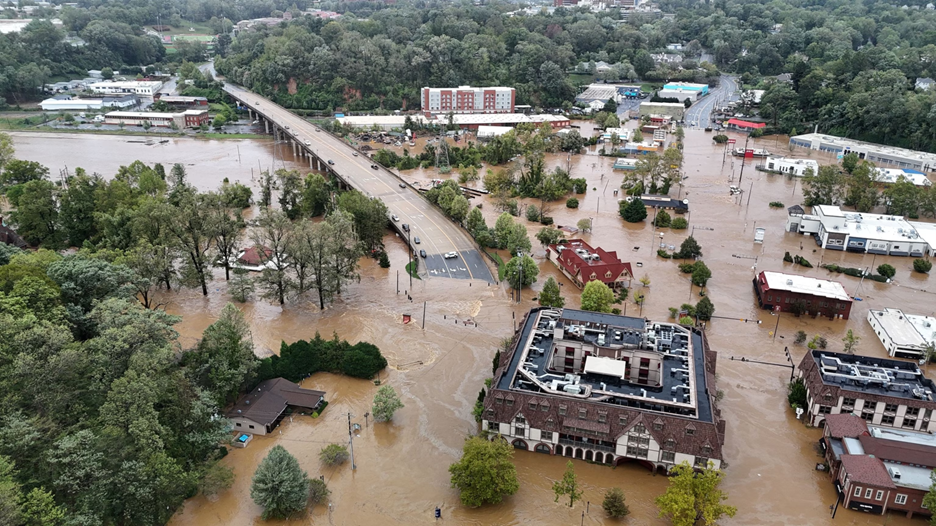Why It's Important: Flooding accounts for a large share of natural-disaster losses and can upend lives, damage infrastructure, and strain local economies. Communities need forecasts that are not only early, but also accurate and trustworthy—especially during fast-changing extreme events. Today’s national systems (like those built on WRF-Hydro) are essential, yet they often face trade-offs between precision and speed because running high-resolution physics-based models over large areas can take hours to days. Our project tackles this gap so emergency managers, public works, and residents get timely forecasts with a clear sense of confidence, helping them decide when to evacuate, close roads, or deploy resources.
 Our Approach: We are building a new, physics-aware generative AI framework that fuses real-time observations (e.g., cameras, gauges, radar) with advanced flood simulations to produce faster, sharper predictions—along with quantified uncertainty. At the core is our Latent-Ensemble Score Filter (Latent-EnSF): it compresses sparse observations and full model states into a shared “latent” space, enabling powerful AI updates even when data are limited. We train and test this approach using high-resolution WRF-Hydro simulations and validate it in Pinellas County, Florida, leveraging imagery from Hurricanes Helene and Milton. By blending proven hydrologic physics with state-of-the-art generative AI and modern HPC/GPU resources, we aim to achieve flooding forecasts that are both real-time and reliable
Our Approach: We are building a new, physics-aware generative AI framework that fuses real-time observations (e.g., cameras, gauges, radar) with advanced flood simulations to produce faster, sharper predictions—along with quantified uncertainty. At the core is our Latent-Ensemble Score Filter (Latent-EnSF): it compresses sparse observations and full model states into a shared “latent” space, enabling powerful AI updates even when data are limited. We train and test this approach using high-resolution WRF-Hydro simulations and validate it in Pinellas County, Florida, leveraging imagery from Hurricanes Helene and Milton. By blending proven hydrologic physics with state-of-the-art generative AI and modern HPC/GPU resources, we aim to achieve flooding forecasts that are both real-time and reliable
